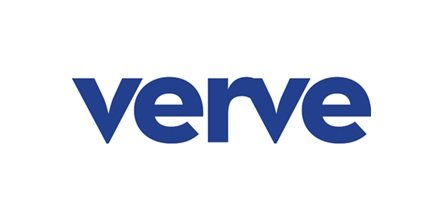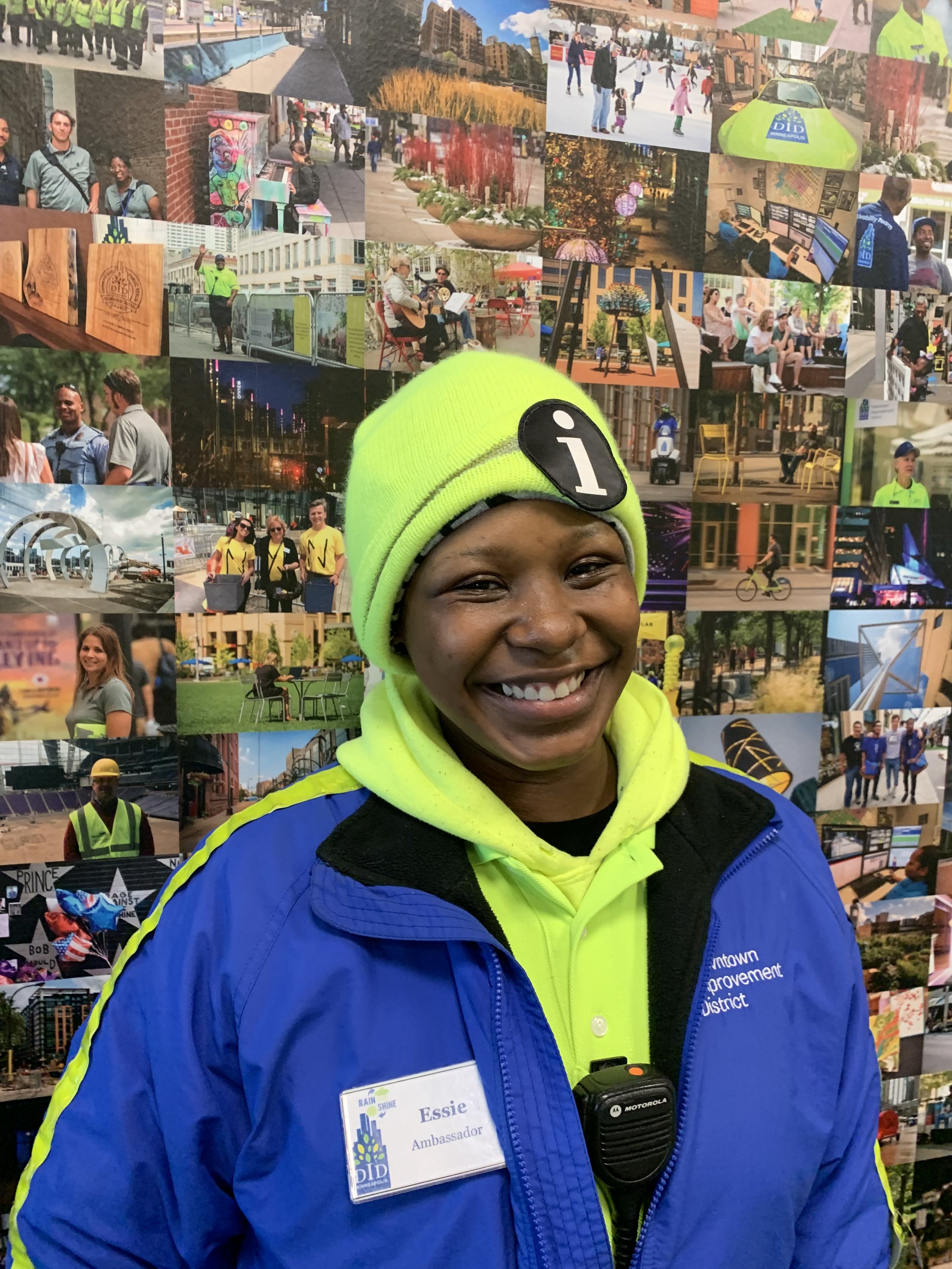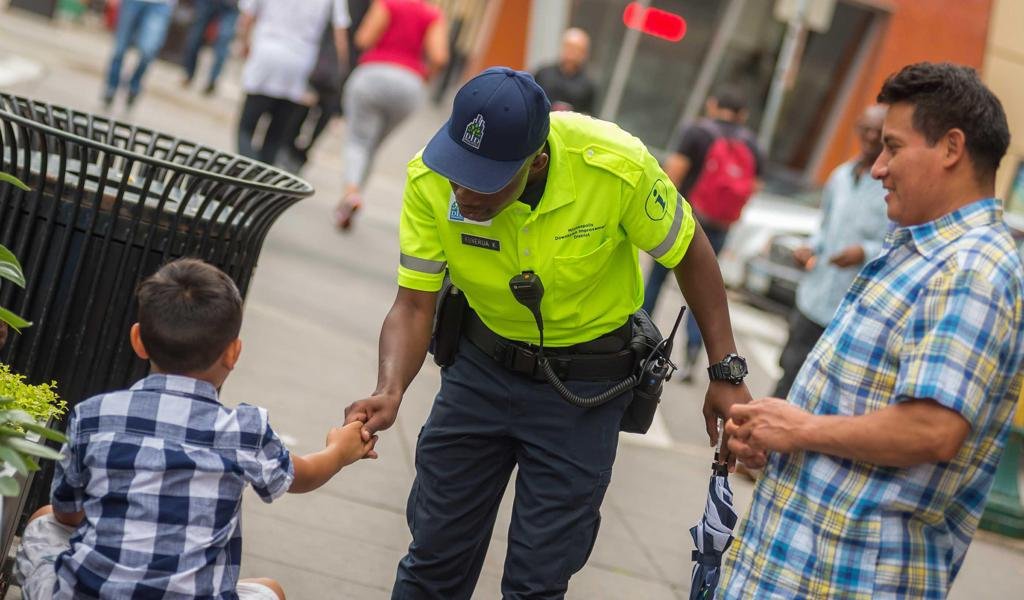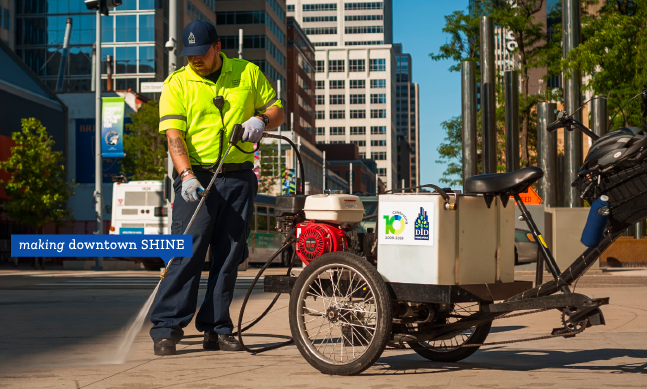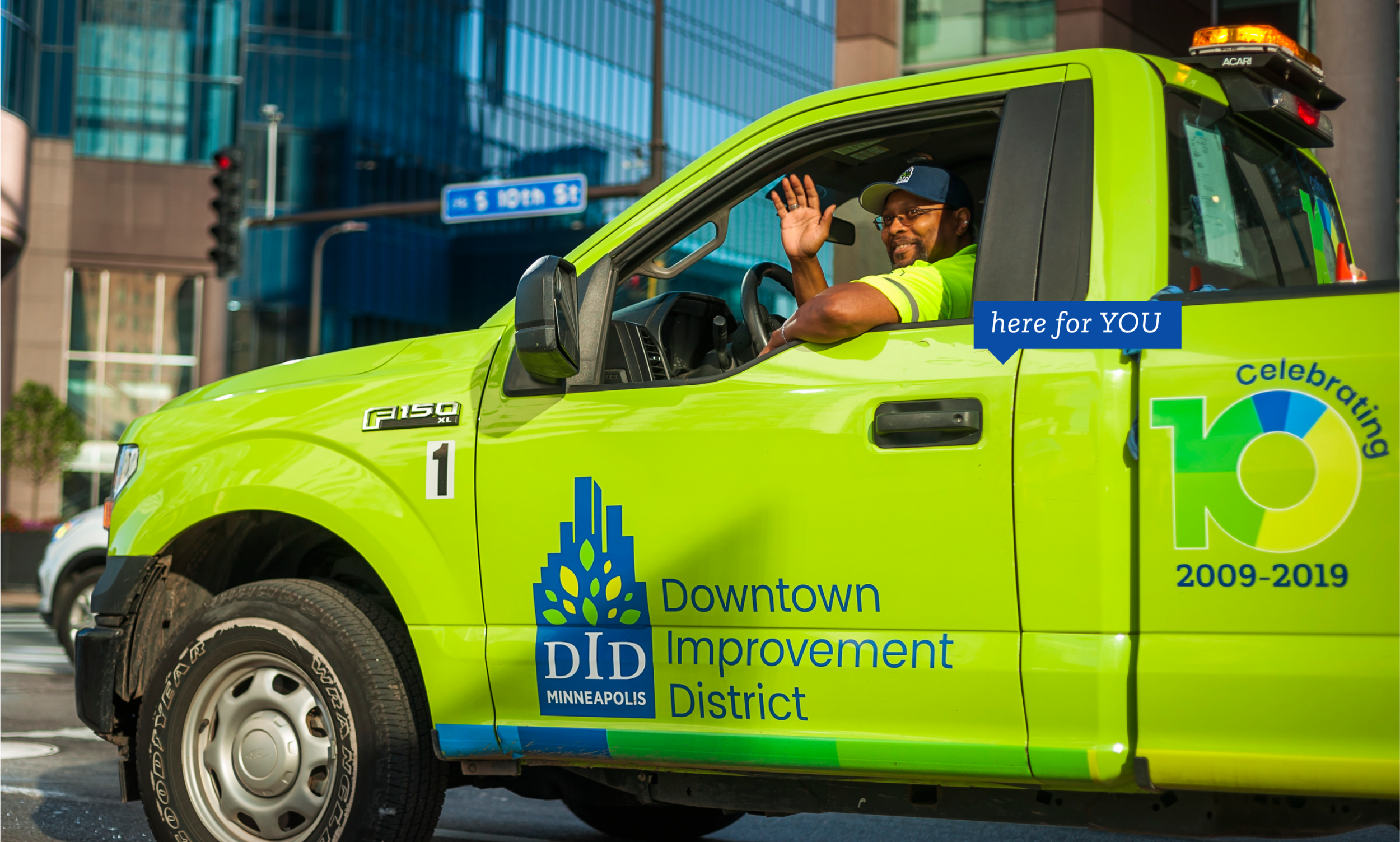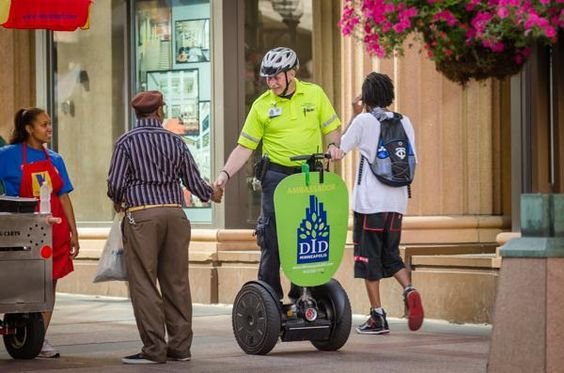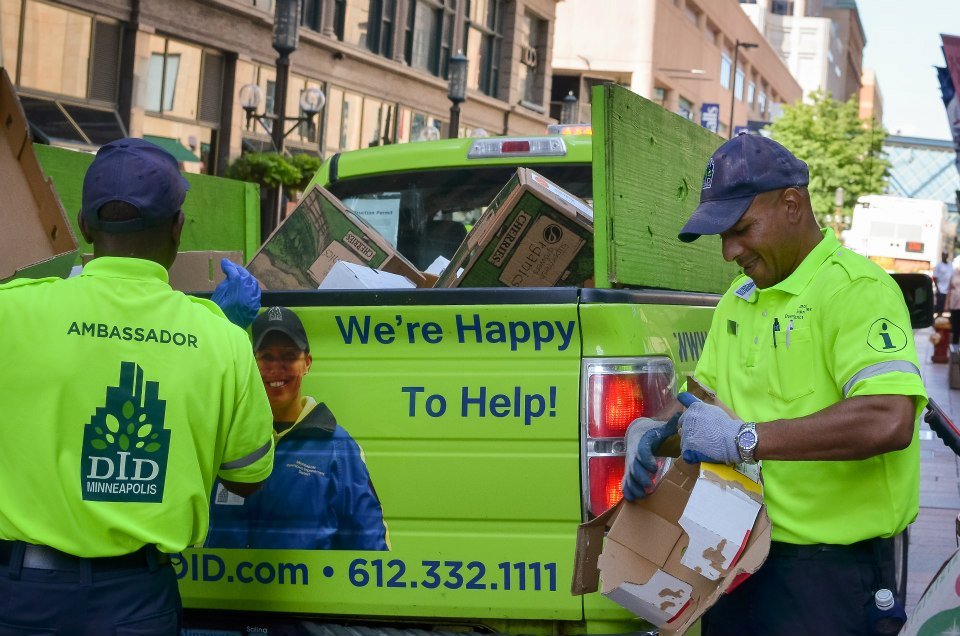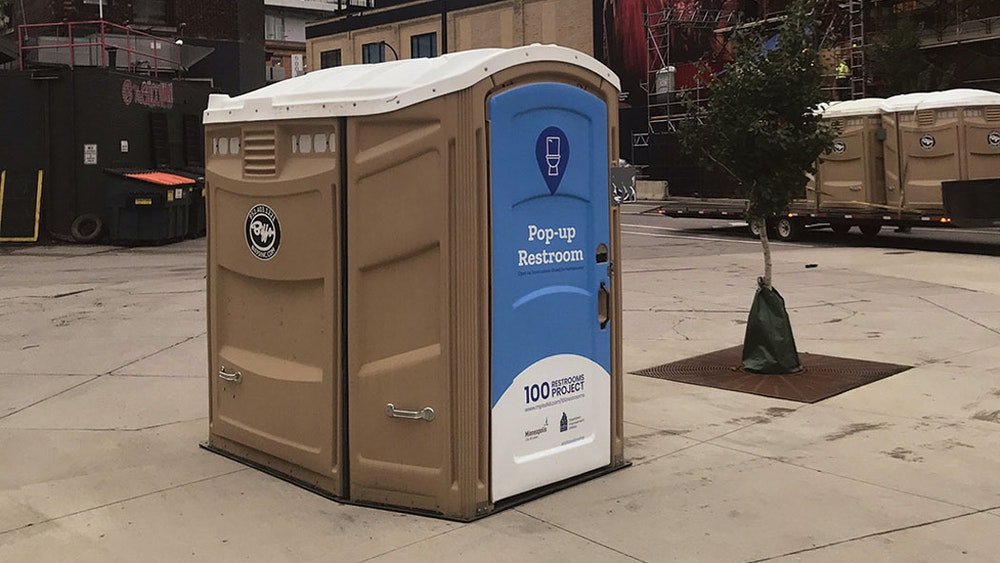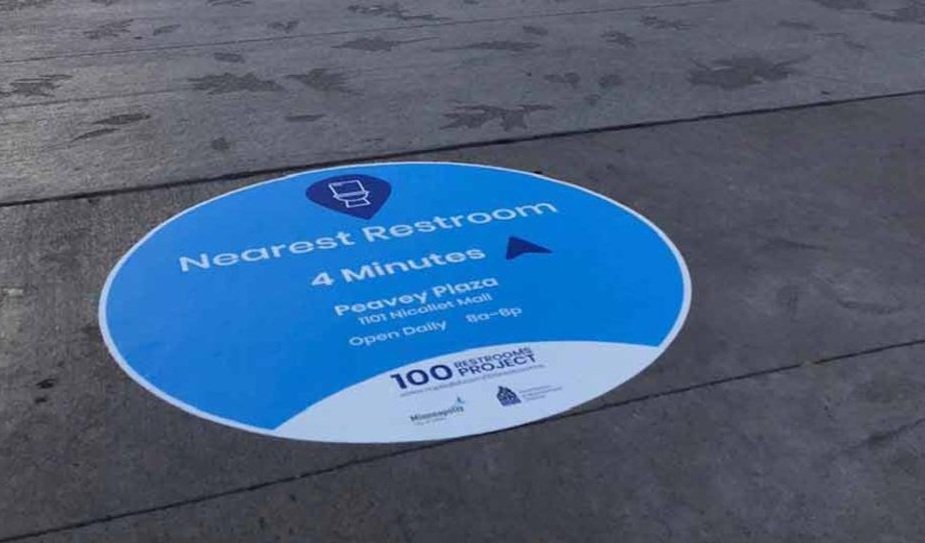Essie Simpson - The Outside / Inside Scoop
/Essie Simpson, Ambassador with Minneapolis’ Downtown Improvement District. Photo: Tracy Nordstrom
Essie Simpson has the inside scoop on what’s going down in downtown Minneapolis. Essie is an Ambassador with the Downtown Improvement District (DID), a visible, mobile envoy of hospitality in the city’s urban core. She leads with her luminous smile. Her hands, palms up, signal approachability; her shoulders, in exuberant mini-shimmy, animate her joie de vivre, her seeming joy in everything. “Unquenchable,” says one co-worker of Essie’s flair and the energy she commits to her work.
Essie is one of about 75 Ambassadors working within the confines of Minneapolis’ DID to manage and measure the “vibe” of downtown. In the winter months, there might be 15 Ambassadors on the streets downtown; at the height of summer, with longer days, farmer’s markets, conventions, outdoor concerts and street fairs happening, there might be 40 or more Ambassadors walking within the 120 square block confines of the DID at any one time.
“There are three shifts,” Essie explains from Ambassador operations headquarters, “and three main positions: 6 am – 2 pm is Cleaning: garbage removal, spraying down the sidewalks, carrying a broom and dustpan. 9-5 is Hospitality: helping businesspeople and visitors, pointing directions: 2-11 pm is Safety Coverage, looking for people sleeping downtown or who need help. We keep the crime down.” Ambassadors wear neon green shirts (and royal blue jackets and neon green hats when the weather is Minnesota cold) with the DID logo prominently displayed. Name tags put them on a first-name basis with everyone.
A Jill-of-All-Trades, Essie has held each position and has covered all time slots over her 4 years of Ambassador service. Of course, each shift includes elements of all three descriptions; “I’m in hospitality,” Essie confirms, as if there is any doubt of her super-power. “I’m a ‘people person’; I give directions, go up to folks who look lost and ask if I can help them. I’m very observant. I pick up litter, pull weeds where I see ‘em, clean up liquor bottles.” Essie worked Safety Coverage earlier in her career, “There are unsafe situations that occur,” she concedes, recognizing that cities can sometimes be tough, “but our team handles things.” All Ambassadors carry radios on all shifts; they are connected to each other and HQ at all times. Essie notes that for Safety shift, and after dark, Ambassadors walk in pairs.
Ambassadors tidying up downtown. Photo: Downtown Improvement District
Essie notes that learning the intricacies of the job and each route takes time, just as getting to know the clientele downtown takes time. “There are always people to talk to in front of Target [at 9th Street and Nicollet Avenue],” she notes, and delights in the range of people with whom she meets. “I have met visitors from Alaska to New York. I have exchanged numbers and addresses with visitors. They have sent me Christmas cards!” Today, she is covering Zone 7, walking up and down Nicollet Mall. Does she get her 10,000 steps in daily? “Easy,” Essie says, often by lunch time. “It’s a bit more difficult with ice and the winter season,” she admits. “When the sidewalks are clear,” she says with her signature smile, “you go for miles.”
Her biggest contribution, she says, is offering direction to folks who are lost in the skyscraper-canyon that is downtown. “People ask for restaurants, the nearest bus stop, or where is Nicollet versus Marquette Avenue.” North or south? she inquires back. Sometimes they have lost something physical. “No one has ever said they lost their husband downtown,” her sprite-self teases. “But plenty of lost parked cars. They can’t remember where they parked. People get twisted around.”
Essie sharing a DID map and directions. Photo: DID
Essie measures the pulse of community from her post. As a “woman on the street” she has her eyes and ears trained on what is happening downtown and she senses the urban core is a barometer of what is happening elsewhere in the Cities. “After George Floyd,” Essie offers with a noticeable change in tone, “downtown was not the same. Ambassadors did a lot of the clean-up and graffiti removal” after the rounds of unrest and rioting. “I was affected by it. It was depressing.” Her colleagues felt the same way, and Essie was grateful for the camaraderie at work. “We checked in on each other,” she says. They kept each other upright.
Then pandemic, too, really changed the landscape. Far fewer people were working in offices downtown, and with restaurants closed, or open for take-out only, downtown felt a little like a ghost town. Now, after nearly 2 years of pandemic restrictions, things are opening up. Essie smiles wide. “I’m glad the masks are gone; I can see people’s faces again!”
Citizens on Nicollet Mall by Target. Photo: Renee Jones Schneider, Star Tribune
One innovation Essie is sure will make visitors to downtown Minneapolis smile is DID’s The Hundred Restrooms Project. A failing of most major cities in the US (Minneapolis is no exception), is the lack of toilets accessible to the general public. Women, especially, note that a lack of restroom facilities makes them less likely to be downtown, which means they are less likely to spend money. Fewer toilets means fewer visitors, and that affects not only livability, but also downtown’s bottom line. The DID conducted research with policy fellows at the University of Minnesota’s Humphrey School of Public Affairs to identify area deficits, explore facilities already available, and recommend solutions to address bodily needs and make spending time downtown more comfortable for humans. A map has been created that marks toilets available in both public buildings (Hennepin County Government Center, Central Library) and private businesses, plus portable toilets available 24/7. Essie notes that there are markers on street signs and sidewalks pointing people in the right directions, too, if she doesn’t get to them first!
Minneapolis’ Ambassadors are part of a nation-wide program called Block by Block, a service organization that started in 1995, in Louisville, Kentucky as the Louisville Downtown Partnership.The original model provided event coordination and private security to the business district in Louisville, and then spread to cities across the country. Today, there are 120 US cities that are part of the Block by Block network, contracting management services from Pasadena, California to Providence, Rhode Island. Today’s modus operandi includes a greater reliance on technology and data analysis to tailor services to each unique neighborhood district and city.
Essie still relies on the human technologies of empathy, curiosity, and observation to hone her services. Her friendliness and sense of humor are helpful tools as she walks the front line of hospitality, safety, cleanliness and information. She’s got the inside scoop. An inquiring mind might ask: What’s popular on the restaurant scene now? “Salads,” Essie asserts. “Everybody in the skyway is eating a salad. It’s major! Salads downtown are so good. Salad bars are everywhere!”
Essie starting her Ambassador day. Photo: Tracy Nordstrom
Resources:
DID Ambassadors: https://www.mplsdid.com/
The Hundred Restrooms Project: https://www.mplsdid.com/100restrooms
Block by Block: https://www.blockbyblock.com/
Photos: Tracy Nordstrom and Downtown Improvement District (unless otherwise noted)
